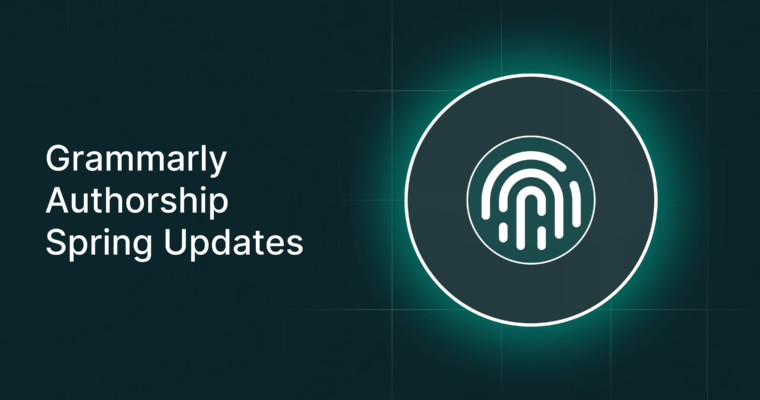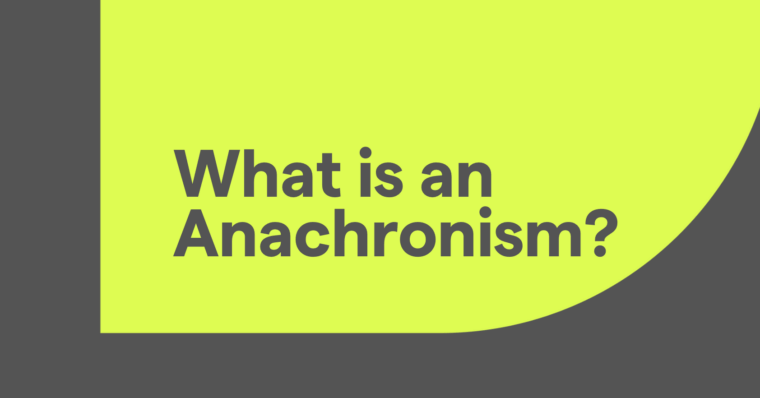
Congratulations! You made it through undergrad, and you’ve decided to apply to graduate school. Grad school can be a great way to progress your career path, upgrade your earning potential, and get a whole new perspective on your subject area—making the application process all the more daunting. As part of the application process, you’ll likely be required to write and submit a personal statement.
A personal statement is a short essay between two and three pages long explaining why you’re applying to the program and what makes you a strong applicant. A personal statement allows you to differentiate yourself by sharing a little bit about what makes you unique. Writing your personal statement for grad school is the best way to show off your personality, which doesn’t always come through in the other parts of the application process.
What is a personal statement?
The point of a personal statement is for the admission committee to better understand who you are outside of your professional and academic experience. It’s also an opportunity to share information that they won’t find in your other application documents.
A personal statement is different from a statement of purpose. A statement of purpose expands upon your career and academic goals, while a personal statement explains why you’re the right person for the program. You can still share your academic and career goals in a personal statement, but you should focus on explaining how you came to those goals and what accomplishing them would mean to you.
A personal statement for grad school applications is also not the same as a personal statement that you would submit alongside a résumé. While a personal statement for your CV focuses on your professional accomplishments and gives a quick overview of who you are as a potential employee, a personal statement for grad school is a more in-depth look at who you are outside of being an employee or a student. It provides a deeper glance at what you bring to the table and why you’re a good prospect for the program.
Brainstorm before you write your personal statement
Sitting down and taking some time to reflect is the first step to writing an outstanding personal statement. Writing prompts can help you get into the right frame of mind and begin your brainstorming process. Here are some ideas:
- What are my short-term and long-term goals? How will acceptance into this program help me achieve them?
- What are my strengths in terms of skills and characteristics? How can these benefit the program?
- What life experience or interest is so meaningful that I would devote years to exploring the topic or subject? Why does it captivate me?
- Is there someone who has significantly impacted my life or character? Who is it, and in what ways have they impacted me?
- How has my life shaped my choice to apply for grad school?
- What do I want the people reviewing my application to know about me?
- What makes me different from other students or prospective applicants?
The answers to these questions will serve as the foundation of your personal statement. You can also try other calming prompts to ease any nervousness you feel about beginning the writing process.
What makes a strong personal statement?
The best personal statements capture who you are as a person and give the reader a sense that they know you once they’re finished reading. You have a story to offer that no one else does, and the more authentic you are, the better your essay will flow.
Your personal statement should have a sense of completeness. You don’t want to leave your readers wanting more. You want to provide your audience with all the information they might need to make a decision on your application. The beginning of your essay should be relevant until the end, with supporting body paragraphs in between.
And finally, a personal statement should be mistake-free. Your grammar and spelling need to be perfect, and the diction and syntax in your essay need to be purposeful.
7 dos and 3 don’ts for writing a personal statement
1 Include examples
If you’re spending your essay telling the admissions committee that you’re driven and compassionate, provide anecdotes that back up your claim. For example, you can prove that you’re driven by sharing that you balanced a job with school to pay down student loans, or you could talk about a time when you went above and beyond for a particular project. You can prove that you’re creative by giving an example of a time you offered an innovative solution to a problem that came up. You don’t want to say, “I’m smart and reliable.” You want to show that you are.
2 Be yourself
It’s easy to tell when someone is exaggerating, hedging, or pretending to be someone they’re not. And this comes through especially in writing. Be authentic when crafting your personal statement.
3 Do your research
Just as you would for a job interview, make sure you know what you’re getting yourself into. Before writing your personal statement, you should have a concrete idea of what the university and program offers, what they value, and the kind of applicants they’re looking for.
4 Grab their attention
As the initial impression of your paper, your hook is everything—make it interesting!
Stay away from rote phrases like “I’m writing to you today to . . . ” and throw them right into the action. Think of an instance that shaped you and jump right into the story. Keep it short, engaging, and illustrative of the qualities and motivations you will explore later in your statement.
5 Remember your audience
One of the biggest mistakes people make in personal statements is trying to be humorous or sarcastic. In writing, these tones often fail and fall flat. Remember who you’re writing for, and stay professional.
6 Address the prompt
Though most schools will give you the freedom to make your personal statement about whatever you want (as long as it’s within the guidelines of the general answer they’re seeking), some will require you to answer a specific question. If that’s the case, remember to keep your personal statement tailored to the prompt and be direct with your answers.
7 Revise and proofread
Make sure your statement is clear and flows smoothly between sentences and paragraphs. Read it out loud, and read it to a friend or family member to get feedback. Also, be sure your copy is clean—any grammatical errors or spelling mistakes can distract the reader and detract from the message you’re trying to deliver.
Don’ts:
1 Don’t be presumptuous
Of course you want to showcase what makes you a great applicant, but make sure you don’t overdo it. Just because you might think you’d be a good fit for the program doesn’t mean the admissions office will see it that way.
Presumptuous: “I know my personal statement for grad school is the best, and I have no doubt that I’ll get in everywhere I apply.”
Confident: “I put a lot of effort into my personal statement for grad school, and I know it is well-written and authentic.”
2 Don’t use platitudes or clichés
You don’t want to oversimplify important life events by using a platitude, nor do you want to use clichés in place of opportunities for authenticity. Everyone uses them; that’s how they got to be clichés! Avoid starting your essay with a quote, definition, or anything else that signals the obvious fact that time has passed and you’re now applying for graduate school. For example: “from a young age . . . ” or “I’ve always been interested in . . . ”
3 Don’t overshare
This isn’t an autobiography or a session with a close confidant. Pick an example or two of life events that shaped you and your desire to apply to grad school, but don’t tell your whole life story. There’s also no need to get into the nitty-gritty with the admissions committee. Keep your personal statement inspiring, and remember what you’re trying to convey.
Crafting your personal statement
You might want to begin your writing process with an outline detailing what you plan to include in your personal statement. Writing an outline might seem annoying, but it can be beneficial in the long run.
Your paper should end up between two and three pages long, and should include:
Your introduction should include a hook that captures your reader’s attention and makes them want to keep reading. Admission committees read countless personal statements, so make yours stand out.
Body paragraphs should include examples of characteristics you want to come through in your personal statement, whether that be an anecdote about a challenge you overcame or something broader. Let these paragraphs explain your motivations for applying, and provide examples of your ability to excel in the program.
Your conclusion is an opportunity to discuss future plans and explain why acceptance into your desired program would benefit you. The conclusion is also a great time to summarize the key pieces of your previous paragraphs, weave them together, and complete your argument. For example, if you previously explained a challenging moment in your life, your conclusion should emphasize what you got out of that experience and how it has prepared you for this opportunity.
The final sentence of your concluding paragraph should be just as good as your hook. You want the audience to remember your paper, so leave them with something to ponder. Perhaps your last sentence inspires the reader or evokes a strong emotion. Either way, your final statement needs to give a sense of completion.
After you finish writing, don’t forget to proofread and revise until your final draft is polished and clear.
Remember to bring something different to the table and provide the admissions committee with something new and valuable to know about you that they can’t access elsewhere. Stay authentic, be engaging, and prove that you’re exactly the kind of person grad schools want in their program.






